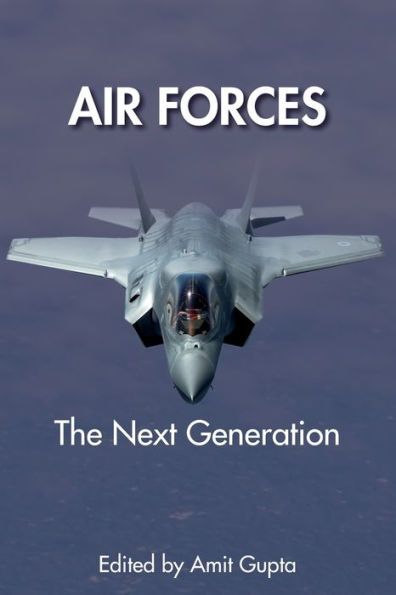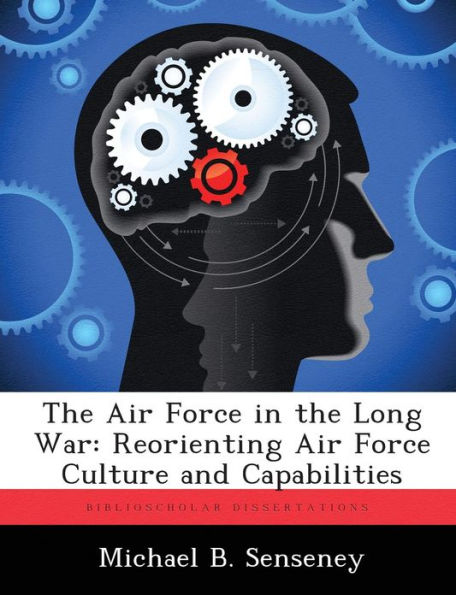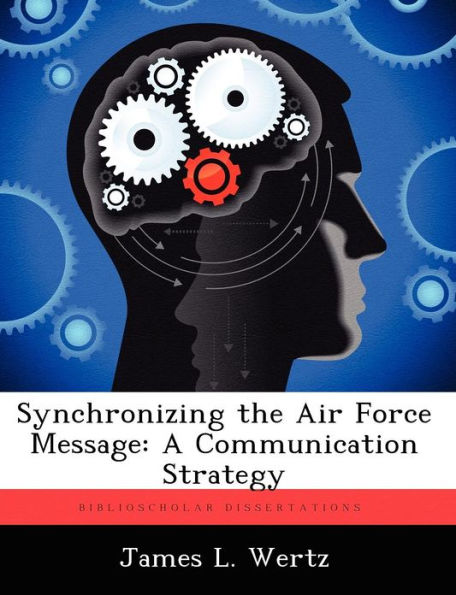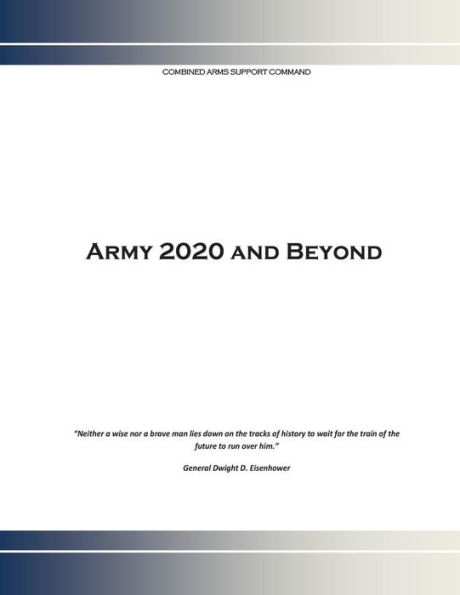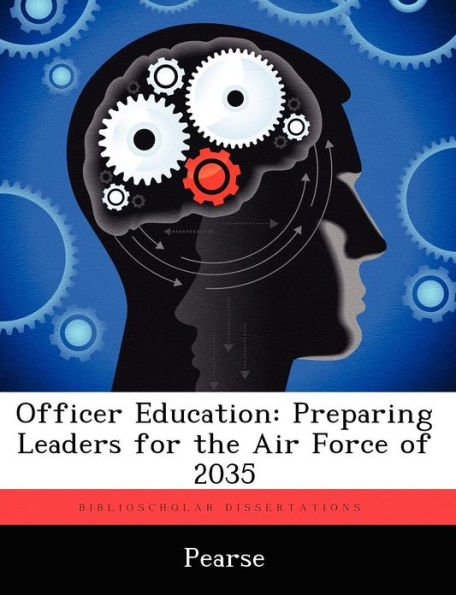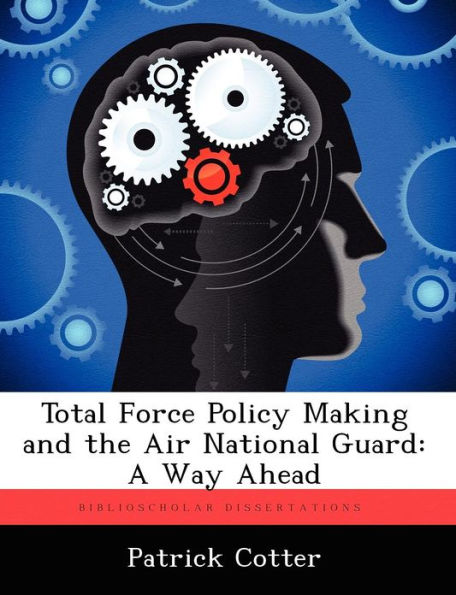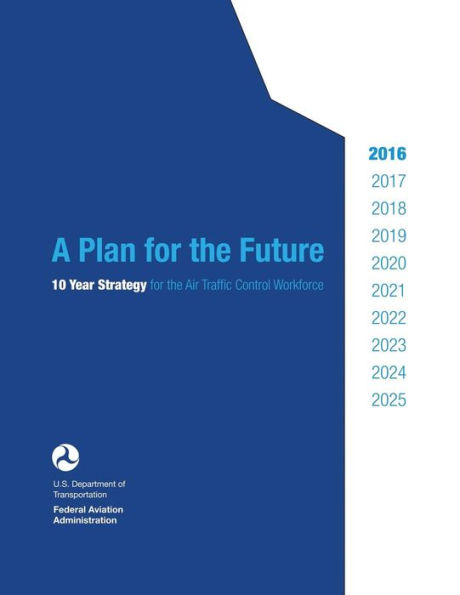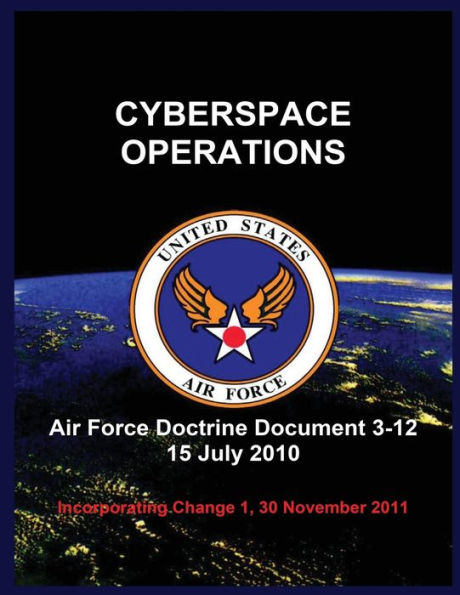Home
Air Force Strategy Study 2020-2030


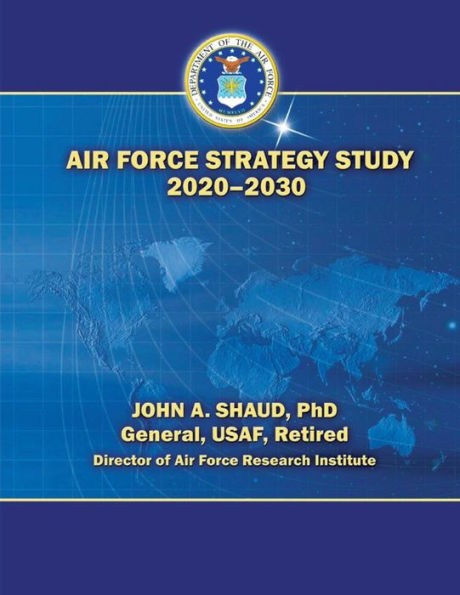
Air Force Strategy Study 2020-2030
Current price: $16.79
Loading Inventory...
Size: OS
In November 2009, Gen Norton A. Schwartz, the Air Force chief of staff, tasked the Air Force Research Institute (AFRI) to answer the following question: What critical capabilities-implemented by the combatant commanders-will the nation require of the Air Force by 2030? Preparing for the challenges of a geostrategic environment 20 years in the future required a multiphase research plan. First, the AFRI team identified the nation's vital interests: commerce; secure energy supplies; freedom of action at sea, in space, in cyberspace, and in the skies; nuclear deterrence; and regional stability. The team analyzed four future world scenarios-a peer competitor, resurgent power, failed state, and jihadist insurgency-in relation to the nation's vital interests and the 12 Air Force core functions. The resulting analysis led to a synthesis of the core functions into five critical capabilities designed to meet the Air Force's strategic challenges in 2030: power projection; freedom of action in air, space, and cyberspace; global situational awareness; air diplomacy; and military support to civil authorities (MSCA). For several reasons, the service's ability to project power will be severely tested over the next generation. Because many current systems are reaching the end of their service lives, the Air Force must recapitalize these assets to maintain its ability to project power. Domestic and international pressures may dictate that American forces operate from fewer overseas locations-magnifying the importance of power projection. Further, technically advanced adversaries will challenge the United States in space and cyberspace, making power projection a necessity to protect national interests. To be effective in the increased threat environment of 2030, the Air Force must integrate air, space, and cyber capabilities-focusing on strategic effects. Integrating these capabilities across domains will become a key enabler and force multiplier over the coming decades. Domain superiority is not guaranteed in the future. As the technological gap between the United States and other actors narrows, adversaries will contest the Air Force's preeminence in air, space, and cyberspace. Today's freedom of action in space and cyberspace will encounter direct threats. Therefore, to gain superiority in either domain, the Air Force must develop resiliency in both space and cyber systems and thereby create an effective deterrent. Reducing the incentive for attack by negating gain is imperative. Further, creating systems that can continue effective operations following attack will be essential in the increasingly complex battlespace of 2030. Air diplomacy-the employment of power through capabilities such as humanitarian assistance, deterrence, and power projection-takes advantage of airpower's inherent soft-power capabilities. Today the service often conducts these missions through ad hoc means. However, the Air Force must develop a deliberate and comprehensive air diplomacy strategy to improve the effectiveness of these efforts; moreover, it should address specific ends, ways, and means of supporting the combatant commander's theater plan. The service also must commit to organizing, training, and equipping for the air diplomacy mission to meet combatant commanders' requirements. In coming years the nation will look to the Air Force to provide power projection; freedom of action in air, space, and cyber; global situational awareness; air diplomacy; and MSCA to meet the strategic challenges Americans will soon face. Maintaining these capabilities will require continuous attention and investment, or they will erode. The United States is in danger of being overtaken by emerging adversaries in a number of areas the nation has long taken for granted. Focusing on these five capabilities will assure the Air Force contribution to national security as the nation moves toward 2030.
